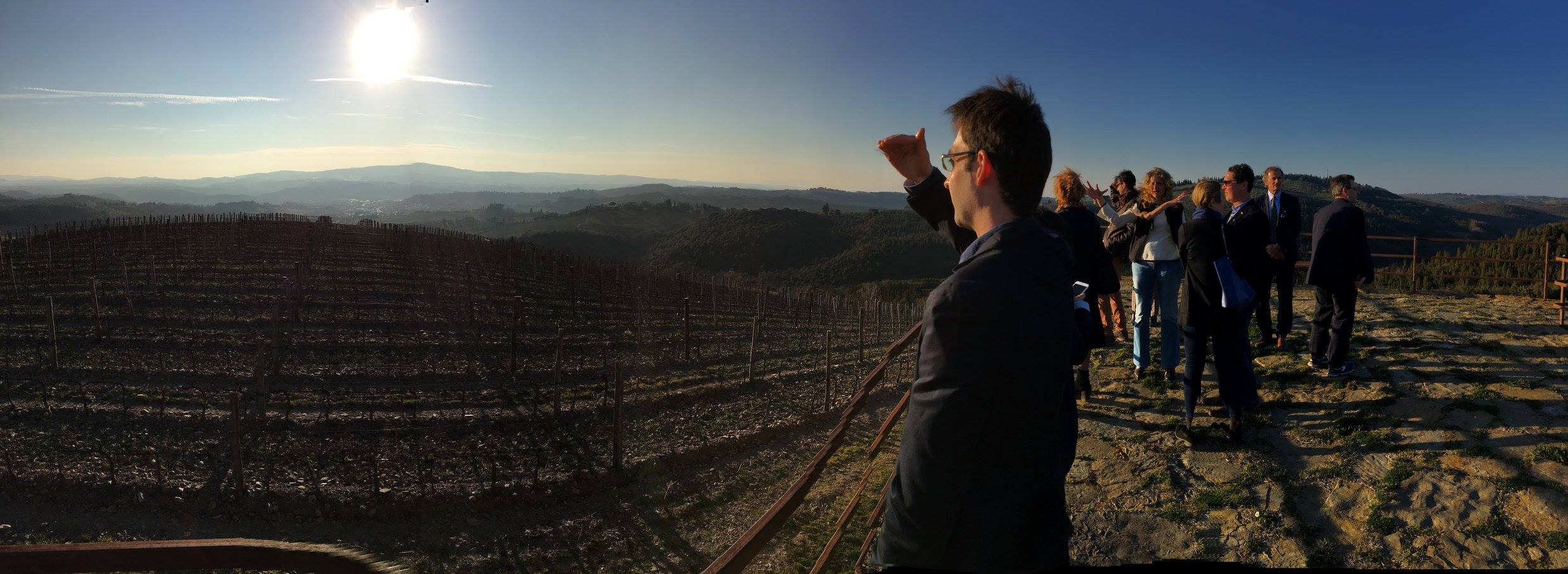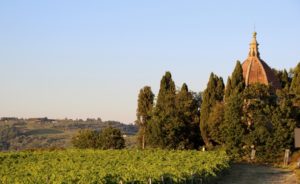Articolo disponibile anche in: Italian
As a result of climate change, today it’s possible to grow olive trees in Italy in the territories close to the Alps, and in the Po Valley some typically Mediterranean crops are now produced, such as tomatoes intended for processing (about half of the national production) and durum wheat for the pasta. Vineyards are cultivated on the peaks.
This is what we learn from the first Coldiretti study on “I tropicali italiani e gli effetti dei cambiamenti climatici” (Tropical fruits in Italy and the effects of climate change) presented at the Villaggio Contadino Coldiretti in Milan, at the Castello Sforzesco. It was the first exhibition on exotic products grown in Italy, such as mango, avocado, zapota and sapodilla.
“Global warming is clearly affecting Italy – Coldiretti points out – this year we’ve had the warmest June ever recorded in Europe and in the world, with an average temperature of over 2 degrees above the norm, according to Copernicus Climate Change Service (C3S), the European Earth observation satellite program”.
“This is not an isolated fact, as the ranking of the warmest years in the Italian Peninsula over the last two centuries shows. In order of temperature, the warmest years have been: 2018, 2015, 2014, 2003 , 2016, 2007, 2017, 2012, 2001 and then 1994 “.
The result is a profound change of the landscape, and the distribution, seasonality and characteristics of the most typical Made in Italy crops and products.
“The change has occurred over time – specifies Coldiretti – It’s now possible to grow certain crops on the Alps, such as olive trees. Now the province of Sondrio, beyond the 46th parallel, is the northernmost frontier of Italian olive oil”.
“In the last ten years – explains Coldiretti – the cultivation of olive trees on the sunniest slopes of the Valtellina mountain has gone from zero to about ten thousand plants, on almost 30 thousand square meters of land”.
In Tuscany we can now grow peanuts, while in the Po Valley tomatoes (destined to preserve) and durum wheat to produce pasta – all typically Mediterranean crops – are cultivated.

“Italian wine – continues Coldiretti – has increased by one degree in the last 30 years. Over time the grape harvest has shifted from the traditional month of September to August, thus contradicting the proverb “in August one fills the kitchen, and in September the winery”, and also many school texts that should now be reviewed. Because of the higher temperatures, the distribution of the vineyards on the territory has changed. Nowadays we grow vines at almost 1,200 meters of altitude, as in the municipality of Morgex and La Salle, in the province of Aosta”.
“But the current climate changes are also evident – Coldiretti underlines – with more frequent extreme weather events, such as seasonal delays, short and intense precipitation, and the arrival of new and dangerous species of alien parasites”.


